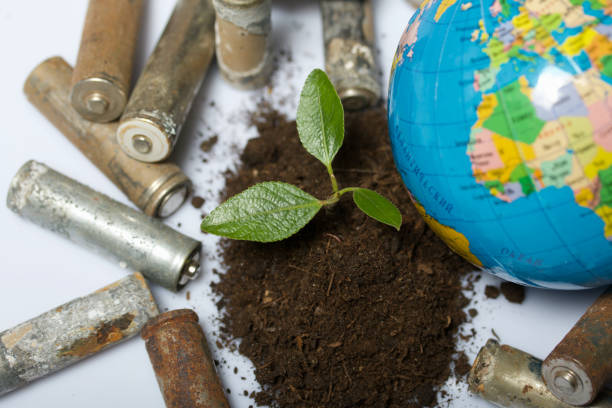Ever felt frustrated by a costly repair bill that could have been avoided? You’re not alone. Many people overlook regular maintenance, only to find themselves facing expensive repairs down the road.
This blog post aims to shed light on how regular maintenance can save you money, extend the life of your assets, and contribute to a more sustainable world. By the end, you’ll be equipped with practical tips to keep your belongings in top shape and your wallet intact.
The Financial Benefits of Regular Maintenance
Regular maintenance is often seen as an unnecessary expense, but the truth is, it can actually save you money in the long run. Here’s how:
Prevents Costly Repairs
Just like how regular check-ups at the doctor can help detect and prevent health issues before they become serious, regular maintenance for your belongings can catch small issues before they turn into expensive repairs. For example, regularly changing the oil in your car may seem like a hassle, but it can prevent major engine damage that would cost thousands of dollars to fix.
Increases Longevity
Regular maintenance also helps extend the life of your assets. By keeping things clean and well-maintained, you reduce wear and tear, which means you won’t have to replace them as frequently. This not only saves you money on replacement costs, but it also reduces waste and contributes to a more sustainable world.
Maintains Efficiency
When things are properly maintained, they tend to operate more efficiently. This is especially true for appliances and electronics. For example, regularly cleaning the coils on your refrigerator can help it run more efficiently, reducing energy consumption and saving you money on your utility bills.
The Environmental and Social Benefits of Regular Maintenance
Reducing Waste
Regular maintenance isn’t just good for your wallet; it’s also beneficial for the planet. By maintaining and repairing items rather than replacing them, you reduce waste and the demand for raw materials. For instance, keeping your electronics in good working condition saves them from ending up in landfills, where they can release harmful chemicals into the environment.
Community and Social Responsibility
Beyond the environmental impact, there’s a social aspect to consider. Proper maintenance reflects a sense of responsibility toward your community. Well-maintained public spaces and residential areas contribute to a higher quality of life for everyone. Your actions can inspire neighbors and businesses to adopt a similar mindset, fostering a culture of care and sustainability.
How to Implement a Regular Maintenance Schedule
Creating a Maintenance Calendar
A maintenance calendar is a game-changer. Start by listing all your valuable assets, from vehicles and appliances to your home and garden. Use a digital calendar or even a simple spreadsheet to schedule regular check-ups. For example, schedule a transmission check in Salt Lake City every six months or an HVAC inspection every year. Consistency is key, so set reminders to ensure you stick to your schedule.
DIY vs. Professional Help
While some maintenance tasks are straightforward and can be handled with a bit of DIY spirit, others require professional expertise. Changing your car’s oil or tightening loose screws in your furniture are easy enough to do yourself. However, tasks like electrical inspections or significant car repairs should be left to professionals. Always weigh the risks and benefits before deciding to DIY or hire a pro.
Conclusion
Now that you understand the financial, environmental, and social benefits of regular maintenance, it’s time to take action. Implementing a maintenance schedule and choosing between DIY or professional help may seem like added work and expenses in the short term, but they will save you money and contribute to a better world in the long run.
So remember: regular maintenance is key to saving your wallet and the planet. Don’t overlook it!

